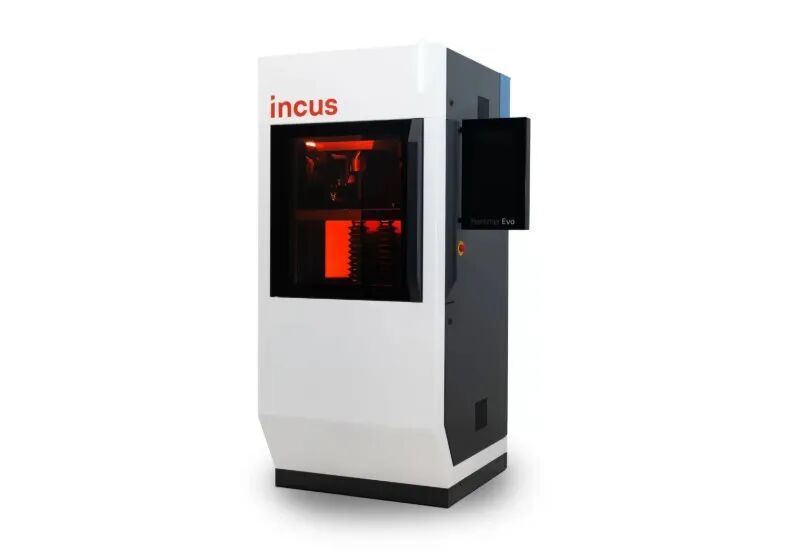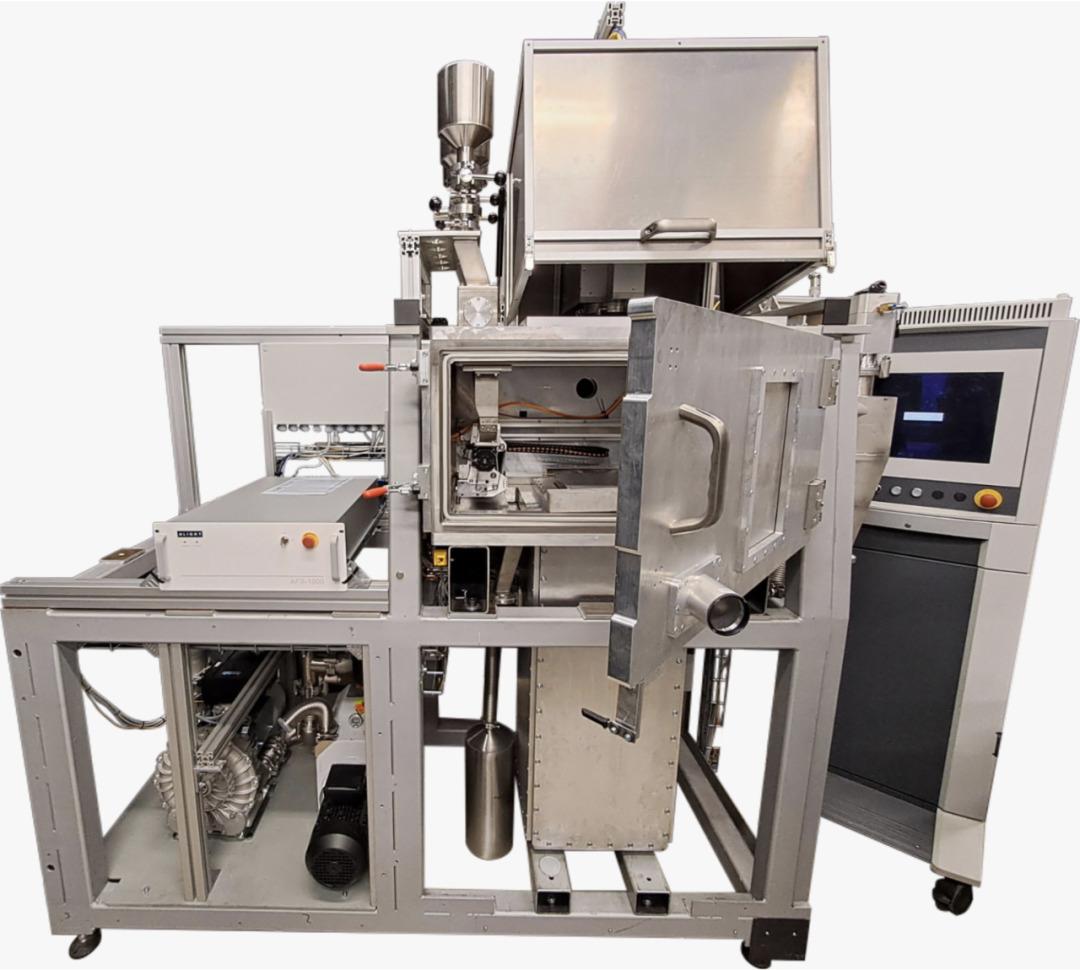On April 15, 2025, Polar Bear learned that the American additive manufacturing service provider Azoth 3D has adopted the Hammer Lab35 system to expand its production capacity. The Hammer Lab35 system utilizes a new light-based metal manufacturing (LMM) technology, enabling Azoth 3D to produce small, high-resolution parts with a delivery cycle of 5 to 7 days, significantly reducing turnaround times for industries requiring complex metal geometries.

Incus, an Austrian company focused on light-based metal 3D printing, developed the Hammer Lab35 for printing finely detailed parts with smooth surfaces. The LMM system selectively cures metal powder mixed in a photopolymer binder, achieving high feature resolution and clean part edges. Azoth 3D is applying the LMM system to three key industrial materials: 316L stainless steel, 17-4 PH stainless steel, and titanium. These materials are widely used in fields such as medical device manufacturing, aerospace, automotive molds, and defense applications.
Cody Cochran, General Manager and Co-founder of Azoth 3D, stated: “Incus’s LMM technology allows us to bridge the gap between rapid prototyping and final production, with a delivery cycle of just 5 to 7 days, which is unparalleled in the industry.”
Denise Modder, Application Engineering Manager at Incus, added: “The Hammer Lab35 can produce finely detailed metal parts with excellent surface quality, perfectly aligning with Azoth 3D’s vision for rapid and efficient production.”
The material flexibility is at the core of the new system’s appeal. 316L stainless steel is known for its corrosion resistance and is widely used in marine, food, and surgical applications. 17-4 PH stainless steel offers high mechanical strength and hardness, suitable for manufacturing structural components in harsh mechanical environments. The titanium alloy that Azoth has been using in production boasts a high strength-to-weight ratio and corrosion resistance, making it suitable for medical implants, aerospace components, and high-performance defense equipment.

△Hammer Lab35 system. Image courtesy of Incus.
Recent Advances in Metal 3D Printing
The growing demand for accessible metal additive manufacturing systems has led to the emergence of open-source innovations, such as the ReAM250 project developed by researchers at the Technical University of Munich. This project provides complete documentation for building modular laser powder bed fusion (LPBF) 3D printers using off-the-shelf components. By releasing software, CAD files, and control system diagrams under a permissive BSD license, the project aims to reduce R&D costs and accelerate experimental process monitoring and control. Supported by Autodesk and RAYLASE, the platform integrates programmable lasers and scanning controllers for precise beam shaping, while Autodesk’s open-source machine control framework allows for complete integration with industrial design software.
Meanwhile, large-scale industrial metal 3D printing is also evolving. French LPBF system manufacturer AddUp recently unveiled its first prototype developed under the MASSIF program, a collaborative project aimed at achieving high productivity and environmentally friendly additive manufacturing. The new system is designed with a build volume of 750 × 750 × 1000 mm and is expected to reduce production costs by up to 70% and material waste to below 10%. This printer combines real-time defect detection and surface treatment capabilities to minimize post-processing. Industry partners such as Dassault Systèmes, ISP Systems, and CETIM are contributing virtual modeling tools, laser beam shaping technologies, and validation environments to help transition the platform from prototype to industrial deployment.

△ReAM250 open-source metal 3D printer. Image courtesy of the Technical University of Munich.
Recent Popular Articles from Polar Bear:
“Tariff Increase of 104%, 3D Printers from Tuchu, Chuangxiang 3D, etc., Set to Increase Prices in the U.S., Many Call for Avoiding Internal Competition”
“The U.S. 3D Printing Industry Faces 145% Tariff: Some Complain, Others Believe the Industry Will Explode”
“Deepseek Contradicts? High Tariffs May Trigger Another Explosion in 3D Printing”
“Confronting Trump’s Tariffs, This Chinese Company Uses AI and 3D Printing to Rewrite Trade Rules”
“Deepseek: What Impact Will the 104% Tariff Increase Have on China’s 3D Printing Industry? Exploring Diversification and Domestic Demand Market Potential”
“M Country’s S Tariff is Here, Some Chinese 3D Printers Are Being Snapped Up, Likely to See Widespread Price Increases”

△Scan to open the Polar Bear website, set WeChat to Star Mark ☆, or open it in your mobile browser and set it to your phone’s home screen